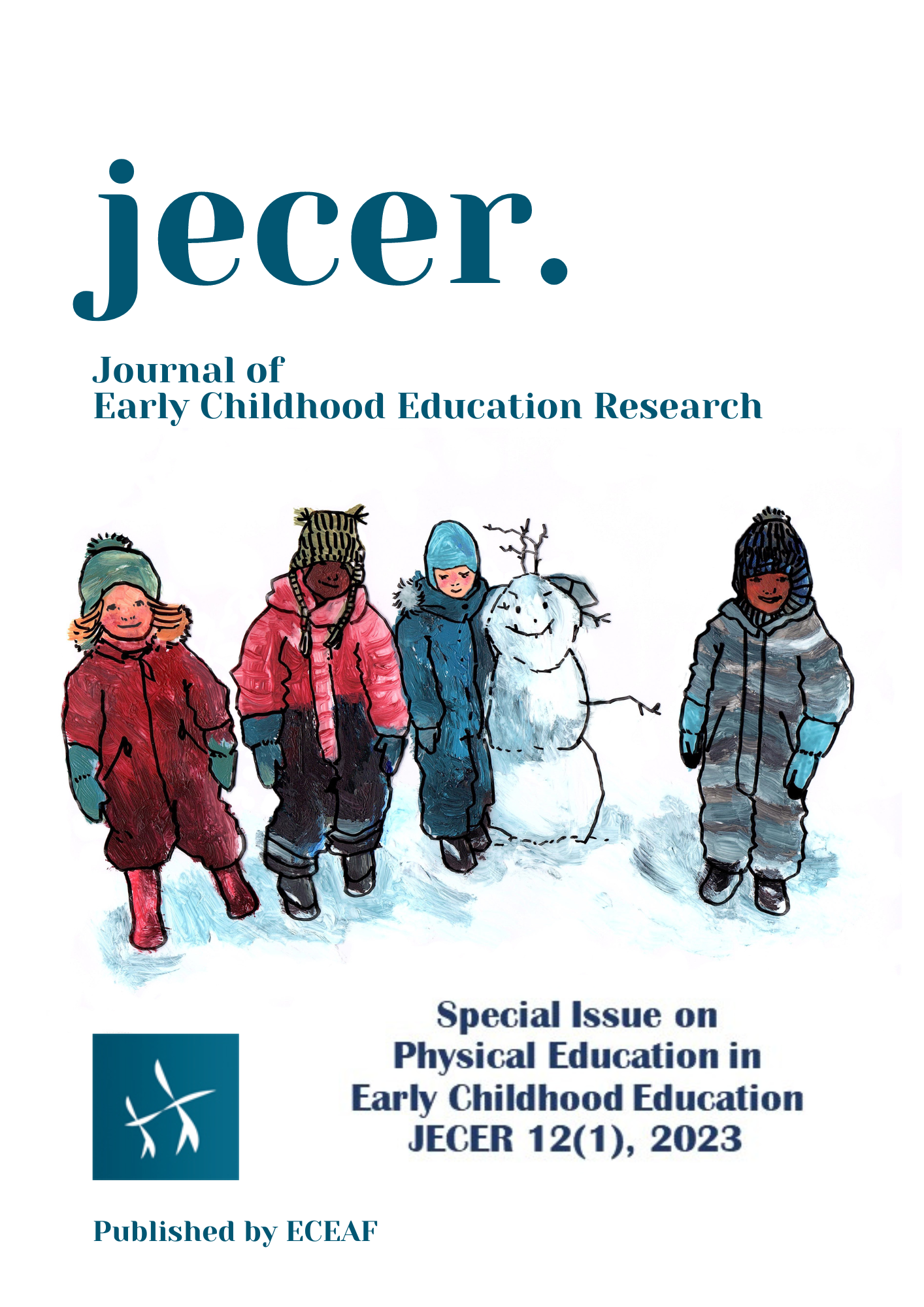The effectiveness of the HIPPA intervention in the sociocultural environment of ECEC physical activity
Keywords:
Children, Physical activity, Early childhood education and care, Multicomponent intervention researchAbstract
Studies have shown that, on average, children’s physical activity (PA) levels in early childhood education and care (ECEC) environments are low, thus opening up the possibility of interventions. We examined the effect of the teacher-implemented one-year long ‘home-and-childcare-based intervention to promote physical activity’ (HIPPA) study on children’s PA in ECEC settings in Finland. Participating four-year-old children (N = 128) were cluster-randomised into two groups, intervention (seven childcare centres) and control (seven childcare centres), in autumn 2011. The children were observed directly during their ECEC times. Multilevel linear analysis was used to test the PA differences between the intervention conditions. Post-intervention results showed that the HIPPA intervention increased the children’s PA. To enhance the real-life effectiveness of the present multicomponent intervention, we examined methods based on the intervention’s success and found areas of development for future studies. Overall, promoting active play by ECEC personnel offers an effective way to enhance children’s PA. Furthermore, to ensure the sustainability of the intervention effects, specific changes in practice have been identified that should be transferred into the policies intended for ECEC settings.

